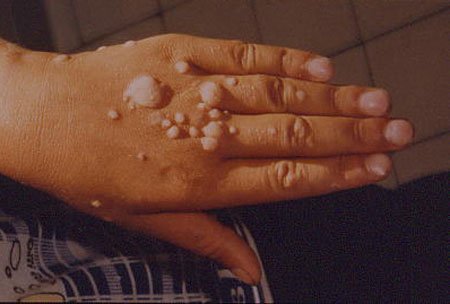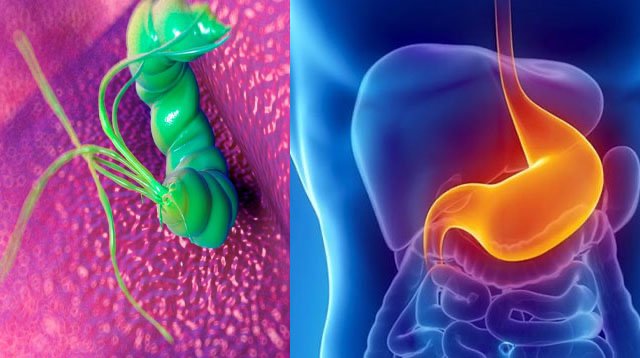Human Papillomavirus (HPV) is a common virus that affects millions of people worldwide. Often misunderstood, HPV can have serious health consequences if left unchecked. This article explores what HPV is, its symptoms, and how it can be prevented and managed. With greater awareness, we can reduce the risks associated with this widespread virus.
What is HPV?
HPV refers to a group of more than 200 related viruses, some of which are sexually transmitted. The virus primarily infects the skin and mucous membranes, leading to the development of warts, which are typically harmless. However, certain high-risk strains of HPV can cause cervical cancer, as well as other types of cancers such as throat, anal, and genital cancers.
HPV is considered one of the most prevalent sexually transmitted infections (STIs). In fact, most sexually active individuals will contract some form of HPV at some point in their lives. The virus is usually transmitted through skin-to-skin contact during vaginal, anal, or oral sex.
Symptoms of HPV
Many people with HPV do not exhibit any symptoms, making it easy to unknowingly transmit the virus to others. In cases where symptoms do appear, they can include:
1. Warts – HPV can cause warts to form on various parts of the body, including the genitals, hands, feet, and throat. Genital warts are the most commonly known symptom of sexually transmitted HPV.
2. Abnormal Pap Smear Results – In women, HPV infection may be detected during routine Pap smears, which screen for cervical cancer. An abnormal Pap test can indicate the presence of HPV and the need for further investigation.
3. Cervical Cancer and Other Cancers – High-risk strains of HPV are responsible for nearly all cases of cervical cancer. It can also lead to cancers of the vulva, vagina, penis, anus, and oropharynx (throat and mouth). These cancers can develop slowly over many years, often without noticeable symptoms in the early stages.
Who is at Risk?
HPV can affect anyone who is sexually active, regardless of gender or age. However, certain factors increase the risk of contracting the virus:
• Having multiple sexual partners
• Engaging in unprotected sex
• A weakened immune system
• Smoking or exposure to secondhand smoke
• A history of other STIs
Prevention of HPV
The good news is that HPV is largely preventable through vaccination. The HPV vaccine has been proven highly effective in preventing the strains of HPV most likely to cause cancer and genital warts. The vaccine is recommended for both boys and girls, typically starting at ages 11 or 12, but it can be given up until the mid-20s or later depending on circumstances.
In addition to vaccination, the following measures can help reduce the risk of HPV:
1. Using Condoms – Although condoms do not offer complete protection against HPV, they significantly reduce the likelihood of transmission.
2. Regular Screening – Women are advised to undergo regular Pap tests and HPV screenings, which can detect the virus and any early signs of cervical cancer.
3. Limiting Sexual Partners – Reducing the number of sexual partners lowers the risk of encountering HPV.
Treatment of HPV
There is no cure for HPV itself, but many of its symptoms, such as warts, can be treated with topical medications, cryotherapy, or surgical removal. For individuals with high-risk HPV types, regular monitoring is crucial to catch any early signs of cancer development. In the case of abnormal cell growth, doctors may recommend procedures such as LEEP (Loop Electrosurgical Excision Procedure) or conization to remove precancerous cells.
For cancers caused by HPV, early detection is key. Treatments can include surgery, radiation, and chemotherapy, depending on the cancer’s location and stage.
The Importance of Early Detection and Awareness
Because many HPV infections clear up on their own without causing harm, some individuals may not see the need for concern. However, for those who develop high-risk HPV infections, the consequences can be life-threatening. This is why awareness, vaccination, and regular screenings are critical in reducing the overall burden of HPV-related diseases.
Conclusion
HPV is a highly common yet preventable virus that can have serious health implications. By understanding what HPV is, recognizing its symptoms, and taking steps to prevent it, individuals can significantly lower their risk of developing complications like genital warts and cancer. Vaccination, safe sex practices, and regular medical checkups are key to keeping HPV in check.
Scientific Sources:
1. CDC – Human Papillomavirus (HPV)



